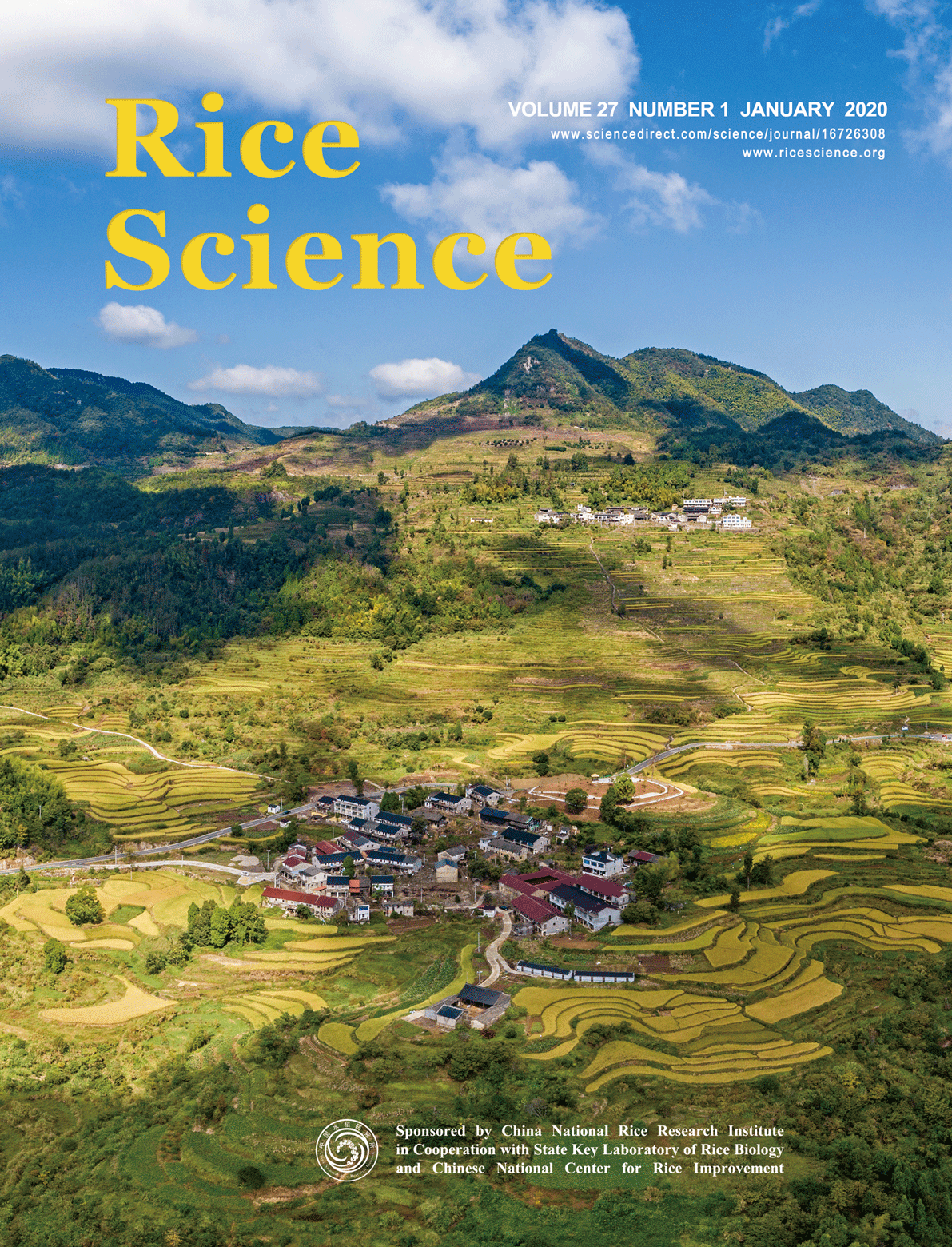The factors affecting the adoption of modern varieties (MVs) of rice and impact on poverty in Odisha, India were discussed. A total of 363 households from Cuttack and Sambalpur districts of Odisha via multistage sampling technique participated in the survey. The Cragg’s Double hurdle model was used to model the determinants of adoption and intensity of adoption of MVs of rice, and the propensity score matching was used to analyze the impact of adoption on poverty. The results showed that age, education, risk aversion, land size, yield, perception of MVs as high yielding, resistant to diseases and availability of MVs positively influenced the decision to adopt. However, variables such as household size, experience of a farmer, off-farm job participation, amount of credit received, cost of seeds, insecticides and fertilizers negatively influenced the adoption of MVs. Intensity of adoption of MVs was negatively influenced by experience of a farmer, cost of fertilizer and marketability of MVs, and positively affected by household size, risk aversion, land size, cost of insecticides, perception of MVs as high yielding and availability of MV seeds. Poverty incidence, gap and severity were high among non-adopters to adopters of MVs. After matching adopters and non-adopters of MV groups using four different algorithms of nearest neighbour matching, stratification matching, radius matching and kernel matching, the impact of MV adoption resulted in higher per capita monthly household expenditure by about US$ 52.82 to US$ 63.17.

